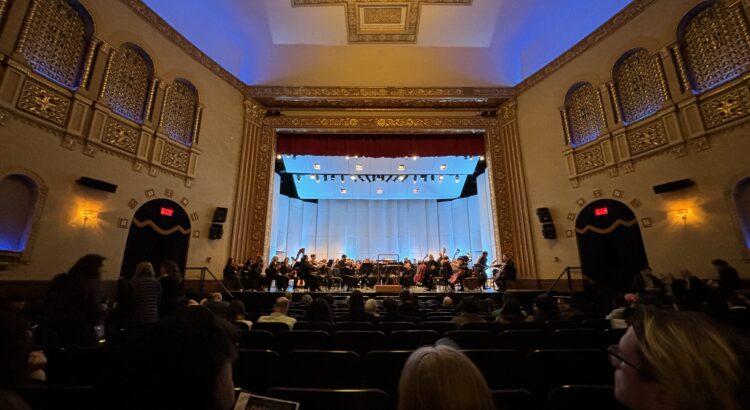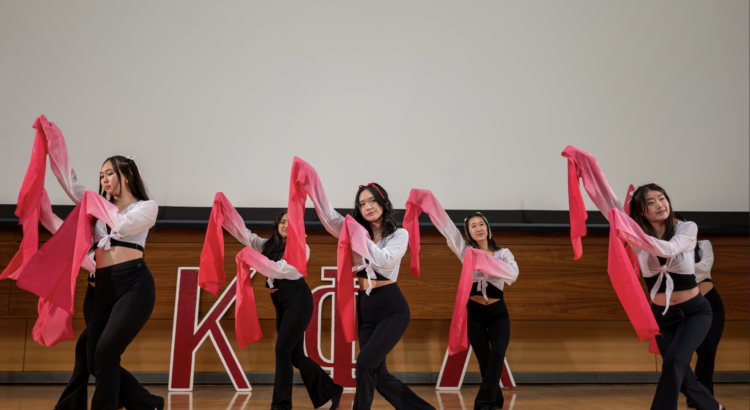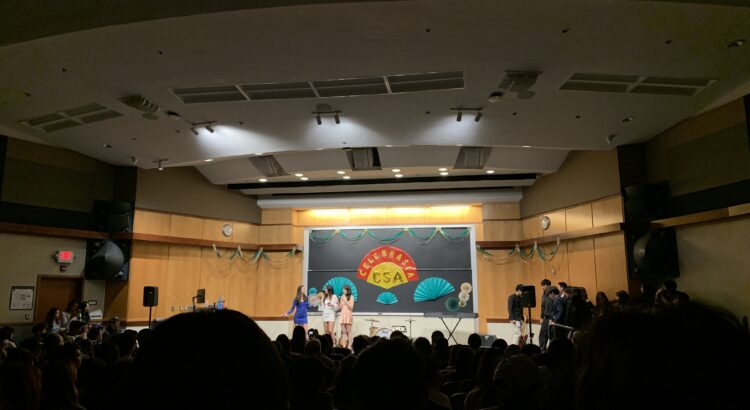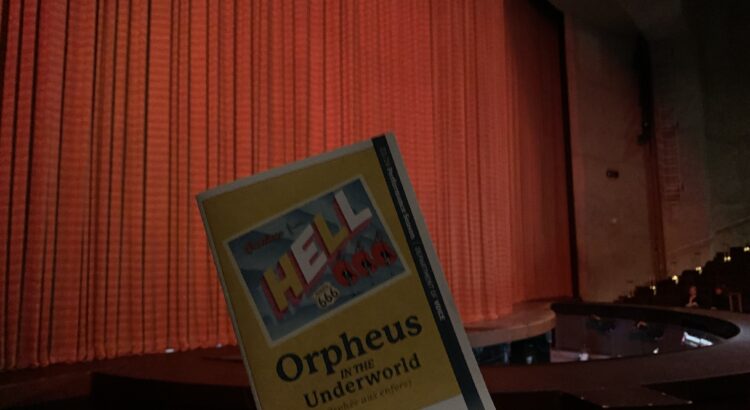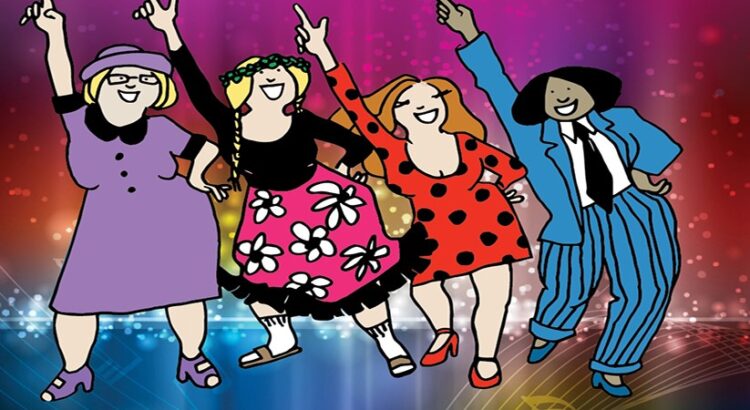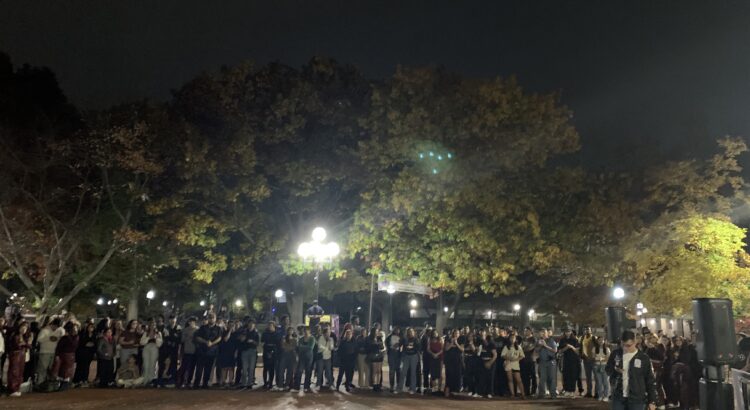On Saturday, November 17th at the Michigan Theater, the Ann Arbor Symphony Orchestra held a concert called Music from Video Games, which was the opening night of their 2023-2024 Pops season of performances. They played various arrangements and medleys of the original soundtracks of Super Mario Bros., Final Fantasy, The Legend of Zelda, Halo: Reach, and more. I love playing video games and I’ve always enjoyed concerts more when I was familiar with the music, but even for the music from games I haven’t played before like Metroid or Mega Man, I still had a good time.
In addition to having music unique to each specific game, video game franchises such as Pokémon, Mario, Zelda, etc. all have iconic tunes for various occasions: healing, leveling up, losing a life, opening a chest, and many more. It’s similar to how McDonald’s has their famous jingle “I’m Lovin’ It”. The music is a core part of the game; listening to it is enough to embody the experience of playing it. The arrangements and medleys created a fun blend of familiarity and anticipation that made it super exciting whenever my favorite melodies came up.
The best part of the night for me was the concertmaster’s solo which was a bittersweet rendition of The Legend of Zelda’s main theme. The entire medley included OSTs from some throwback games like Spirit Tracks (2009) to the more recent Breath of the Wild (2017). It took me a bit to even realize the music was from Spirit Tracks until I heard the percussion using instruments to replicate the sounds of a train traveling on railroad tracks. My only wish is that there was a bigger feature of Zelda’s theme, perhaps with another violin solo or even better, a harp solo.
Music truly has such a big impact on the gaming experience and is actually something I listen to in my free time. For people who don’t have much experience with video games, it may seem bizarre, but I highly recommend listening to some tunes from Zelda as a start. It was genuinely a great event and I’d love to come back again next year.

